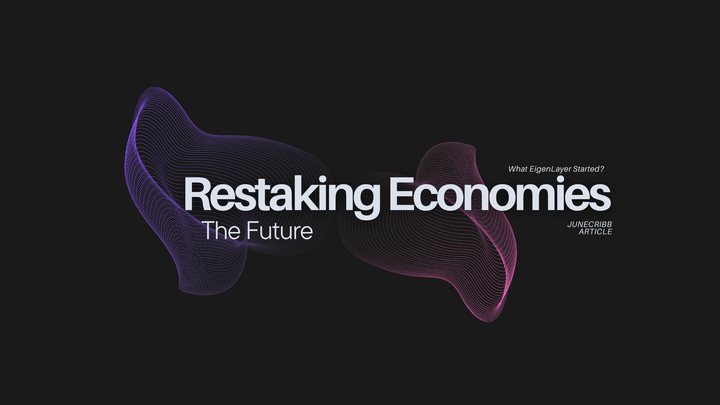What Is Polkadot and How Do Parachains Work?

Polkadot is a special kind of blockchain that connects many different blockchains together. It was created to solve a big problem: blockchains usually work on their own and don’t talk to each other. Polkadot changes that by helping different blockchains work together.
One of the main features of Polkadot is something called parachains. In this article, we’ll explain what Polkadot is, how parachains work, and why they’re important for the future of Web3.
What Is Polkadot?
Polkadot is a network of blockchains. It was created by Gavin Wood, one of the co-founders of Ethereum. The goal of Polkadot is to allow different blockchains to connect, share information, and work as one system.
Polkadot has three main parts:
- Relay Chain – This is the main blockchain. It keeps the whole network secure and helps other chains talk to each other.
- Parachains – These are separate blockchains that connect to the Relay Chain.
- Bridges – These help Polkadot connect to other blockchains like Ethereum or Bitcoin.
What Are Parachains?
Parachains are individual blockchains that plug into the Polkadot network. Think of them like train cars (parachains) connected to a main engine (the Relay Chain). Each one can have its own rules, features, and use cases, but they all move forward together.
Parachains can be used for different things like:
- DeFi (decentralized finance)
- Gaming
- Identity verification
- Privacy tools
- NFTs
The big benefit is that parachains can run their own systems but still share security and communicate with other parachains.
Why Are Parachains Important?
Parachains solve a few big problems:
- Scalability: Because each parachain runs on its own, the network can handle more users and apps without slowing down.
- Flexibility: Developers can build custom blockchains for their specific needs.
- Interoperability: Parachains can share data and assets with each other easily.
- Shared Security: Parachains use the Relay Chain’s security, so they don’t have to build their own from scratch.
How Do You Get a Parachain?
Parachain slots are limited, so projects must win a slot auction to join the Polkadot network. These auctions are competitive and often use a method called crowdloaning, where a project asks the community to lend DOT tokens (Polkadot’s coin) to support their bid.
If the project wins, it gets to use the parachain slot for a set time (usually 1–2 years). After that, it can try to renew the slot or leave the network.
Real Examples of Parachains
Here are a few parachains already running on Polkadot:
- Acala – A DeFi platform with stablecoins and staking tools.
- Moonbeam – A smart contract platform that’s compatible with Ethereum.
- Astar – A multi-chain dApp platform for Web3 apps.
- Phala – Focuses on privacy and secure computing.
Each of these chains offers something different but still connects to the same Polkadot network.
Conclusion
Polkadot and its parachains are changing the way blockchains work. Instead of building separate systems, Polkadot lets different blockchains connect, share, and grow together. This makes the whole network stronger, faster, and more useful for everyone.
Whether you're a developer, investor, or just curious about blockchain, understanding Polkadot and parachains is a great step into the future of Web3.


Comments ()